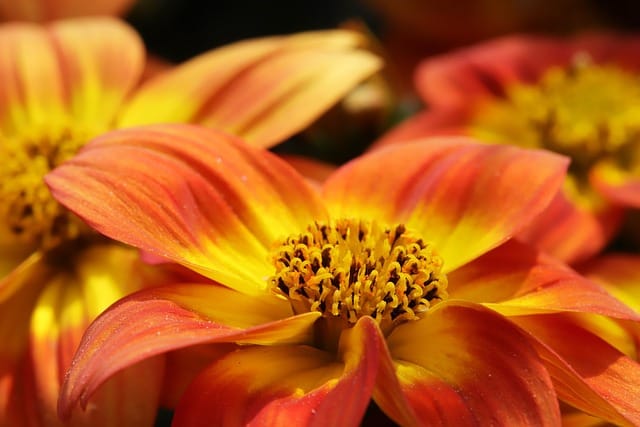How to grow Gazanias
Gazanias are beautiful and vibrant flowers that are easy to grow in your garden

In this article:
- Introduction
- Identifying Gazanias
- Choosing the Right Location
- Soil Preparation and Planting
- Watering and Irrigation
- Fertilizing and Mulching
- Pruning and Deadheading
- Preventing Pests and Diseases
- Propagation Methods
- Overwintering Techniques
- Varieties and Cultivars
- Gazanias as Cut Flowers
- Frequently Asked Questions
- Conclusion
Introduction
Gazanias are beautiful and vibrant flowers that are easy to grow in your garden. They are native to South Africa and are known for their stunning daisy-like blooms.
Identifying Gazanias
Gazanias have long stems and colorful flowers with bright petals that can range from orange, yellow, red, pink to white. They have silver-green fuzzy leaves that add to their attractiveness.
Choosing the Right Location
Gazanias require full sun to ensure they bloom to their fullest. Choose a location in your garden that receives at least six hours of direct sunlight every day.
Soil Preparation and Planting
Gazanias prefer well-draining soil that is rich in organic matter. Prepare the soil by removing any weeds or grass and loosen it with a garden fork. Plant the gazania seeds or seedlings about 8-12 inches apart.
Watering and Irrigation
Gazanias are drought-tolerant and should be watered sparingly. Water deeply but infrequently to encourage root growth. Avoid over-watering, as this can lead to root rot.
Fertilizing and Mulching
Use a balanced slow-release fertilizer in early spring to promote healthy growth. Apply a layer of organic mulch around the plants to retain moisture and suppress weed growth.
Pruning and Deadheading
Deadhead the faded flowers regularly to encourage continuous blooming. Prune back leggy stems to promote bushier growth and remove any diseased or damaged foliage.
Preventing Pests and Diseases
Gazanias are generally resistant to pests and diseases. However, they can occasionally be affected by aphids, snails, or spider mites. Treat any infestations with appropriate organic pesticides.
Propagation Methods
Gazanias can be propagated through seeds or by division. Collect seeds from mature flower heads and plant them in well-draining soil. To divide gazanias, carefully separate the root clumps and replant them in new locations.
Overwintering Techniques
In colder regions, gazanias are treated as annuals and replanted each year. However, in more temperate climates, they can be overwintered by providing a protective layer of mulch and reducing watering during the dormant period.
Varieties and Cultivars
There are several popular varieties of gazanias, including 'Daybreak', 'Tiger Stripes', and 'Sunshine'. Each variety offers a unique color combination and pattern of flowers.
Gazanias as Cut Flowers
The long stems and vibrant colors of gazanias make them an ideal choice for cut flower arrangements. Cut the flowers early in the morning or late in the day and place them immediately in water to prolong their lifespan.
Frequently Asked Questions
- Q: How often should I water gazanias?
- Q: Can I grow gazanias in containers?
- Q: Do gazanias require any special care during winter?
Conclusion
By following these guidelines, you can easily grow and enjoy the beautiful gazanias flowers in your garden. Their vibrant colors and low maintenance nature make them an excellent choice for both novice and experienced gardeners.
